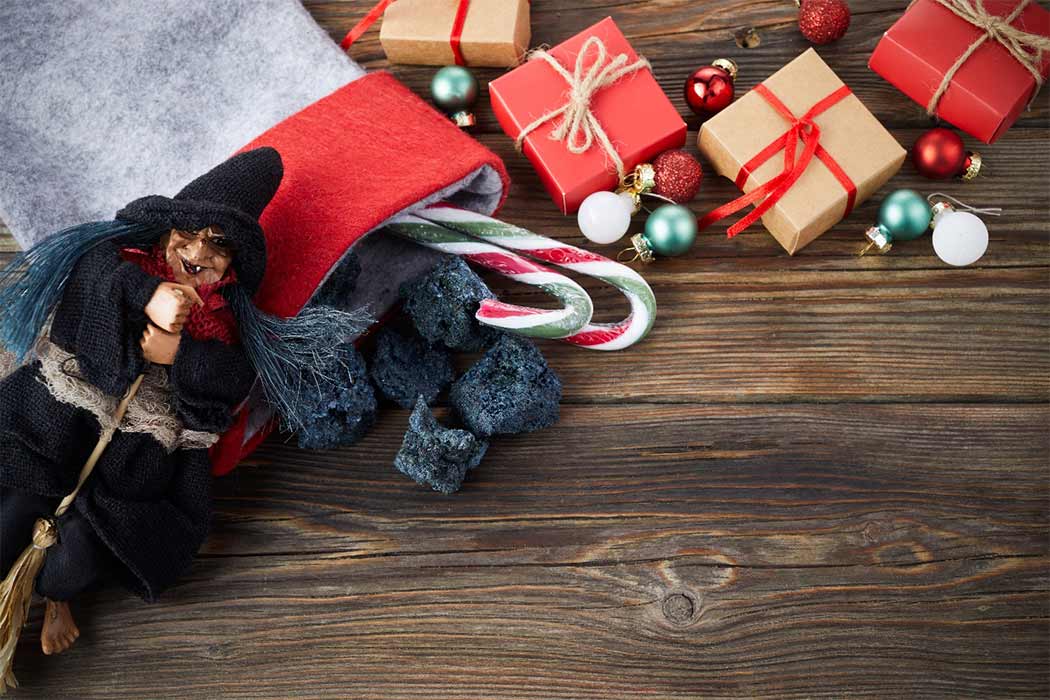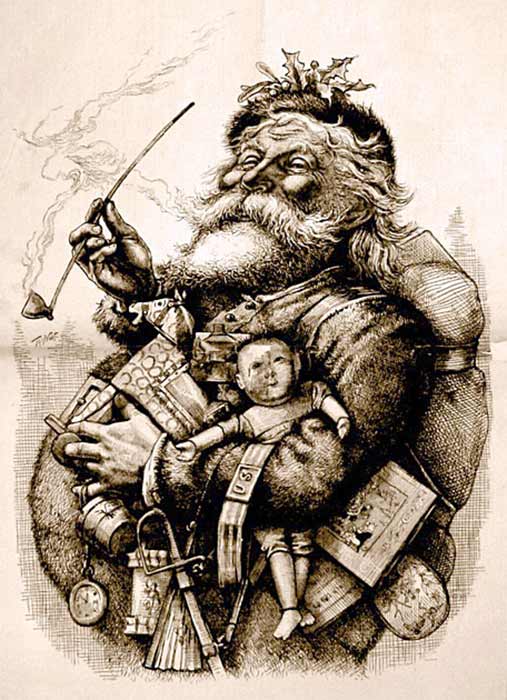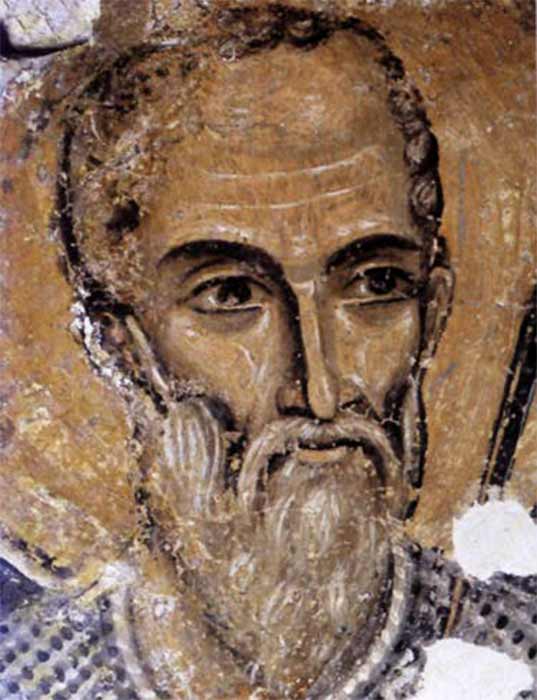
Babbo Natale And Befana: The Italian Santa Claus Duo
Christmas and Epiphany are undoubtedly two of the most popular holidays for Italian children. Children love to be told fantastic stories and excitedly await the arrival of Babbo Natale and the Befana. Thanks to a particularly effective advertising campaign, the figure of Babbo Natale has become firmly established in the popular imagination on the Italian peninsula, especially in the cold regions of the north. On the morning of December 25, the luckiest children will joyfully open the gifts deposited under the tree at night - according to the story told by the adults - by this corpulent and benign benefactor, with a long and thick white beard, dressed in a red jacket, trousers and hat, trimmed with white fur, flying through the night sky on Christmas Eve, driving a sleigh pulled by reindeer and carrying sacks full of gifts.

Antique illustration by Thomas Nast who, together with Clement Clarke Moore , helped create the modern image of Santa Claus (1881) (Public Domain)
However, in the sunnier and warmer south of Italy the Befana is preferred to him. This figure is traditionally represented as a frail and ugly old woman, dressed in patched clothes, with small glasses on her hooked nose and a big handkerchief on her head or a big woolen scarf knotted under her chin. Along with this image there is another one, which has spread in recent times: she wears a large black cone-shaped hat on her head. An old nursery rhyme (there are several variants) describes her as follows: La Befana vien di notte/con le scarpe tutte rotte/con le toppe alla sottana:/Viva viva la Befana! (The Befana arrives at night/with her broken shoes /with the patches on her skirt:/ hurray hurray, the Befana!)

La Befana by Bartolomeo Pinelli (1821) (Public Domain)
Riding a broom, the old woman carries her gifts in a rough canvas sack or a large basket: usually sweets, candies and toys for the good children and ashes and coal, sometimes garlic, for the naughty ones. She is imagined coming down the chimney, like Babbo Natale, to place the gifts in the stockings that the children will open on the morning of January 6.
Saint Nicholas, Original Santa Claus
The figure of Babbo Natale is quite recent, but his origins date back many centuries. The Italian word Babbo can be translated into English as ‘Father’, while Natale comes from the Latin natalis: ‘concerning birth’, referring to the coming of Jesus into the world. The name of Babbo’s Anglo-Saxon counterpart, Santa Claus, reveals its Christian origins. It is in fact a corruption of Sanctus Nicolaus, or St. Nicholas, one of the most popular and beloved saints of Christians, patron of children, sailors and merchants. There is little historical information available about the life of this saint, but several Medieval legends have been passed down about him.

Medieval fresco depicting St. Nicholas from the Boyana Church, near Sofia in Bulgaria (Public Domain)




